Full text
PDF

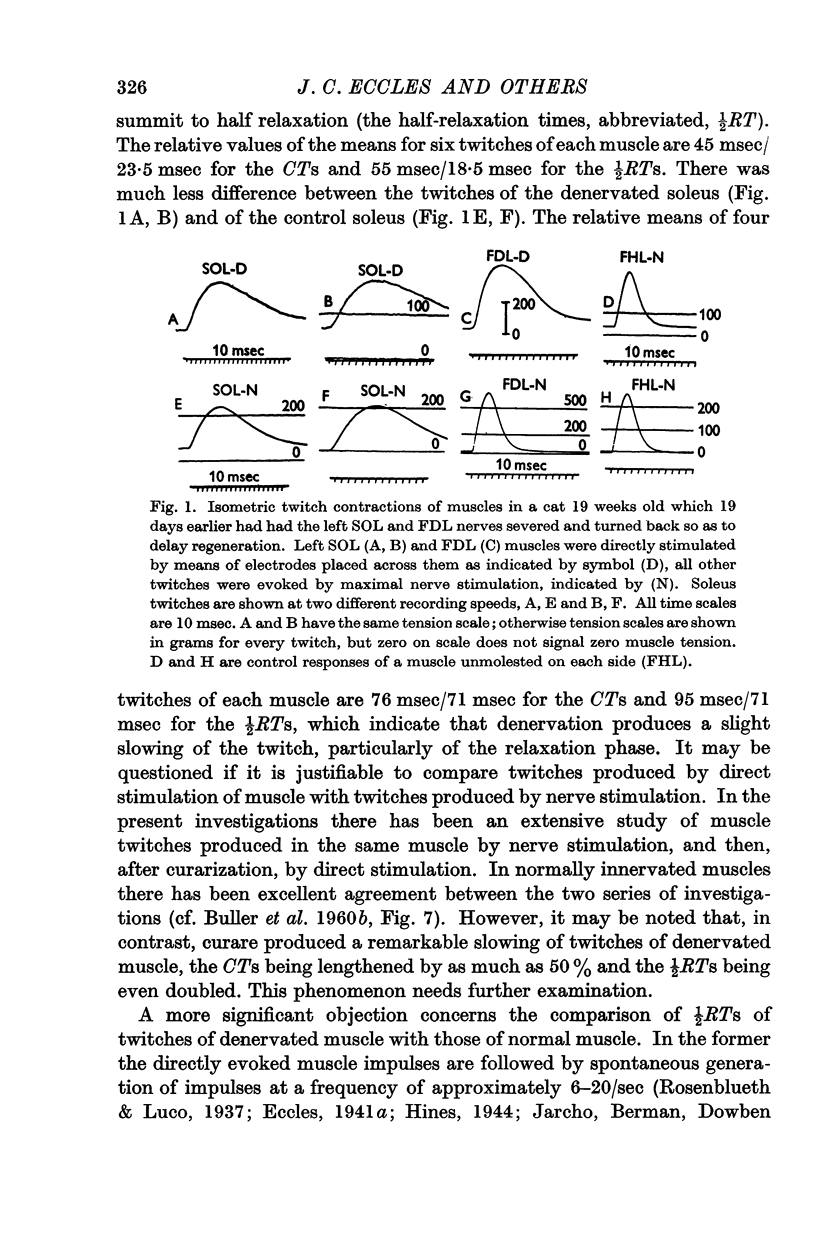
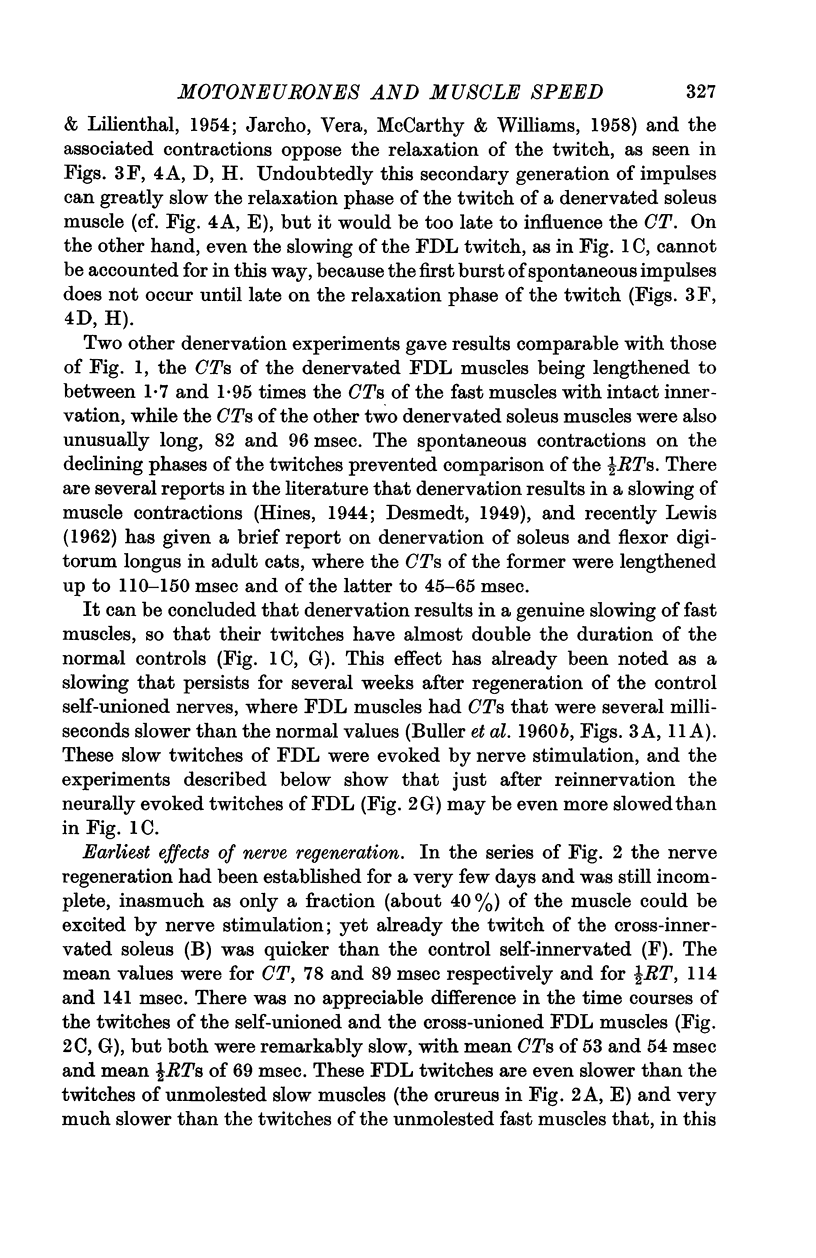


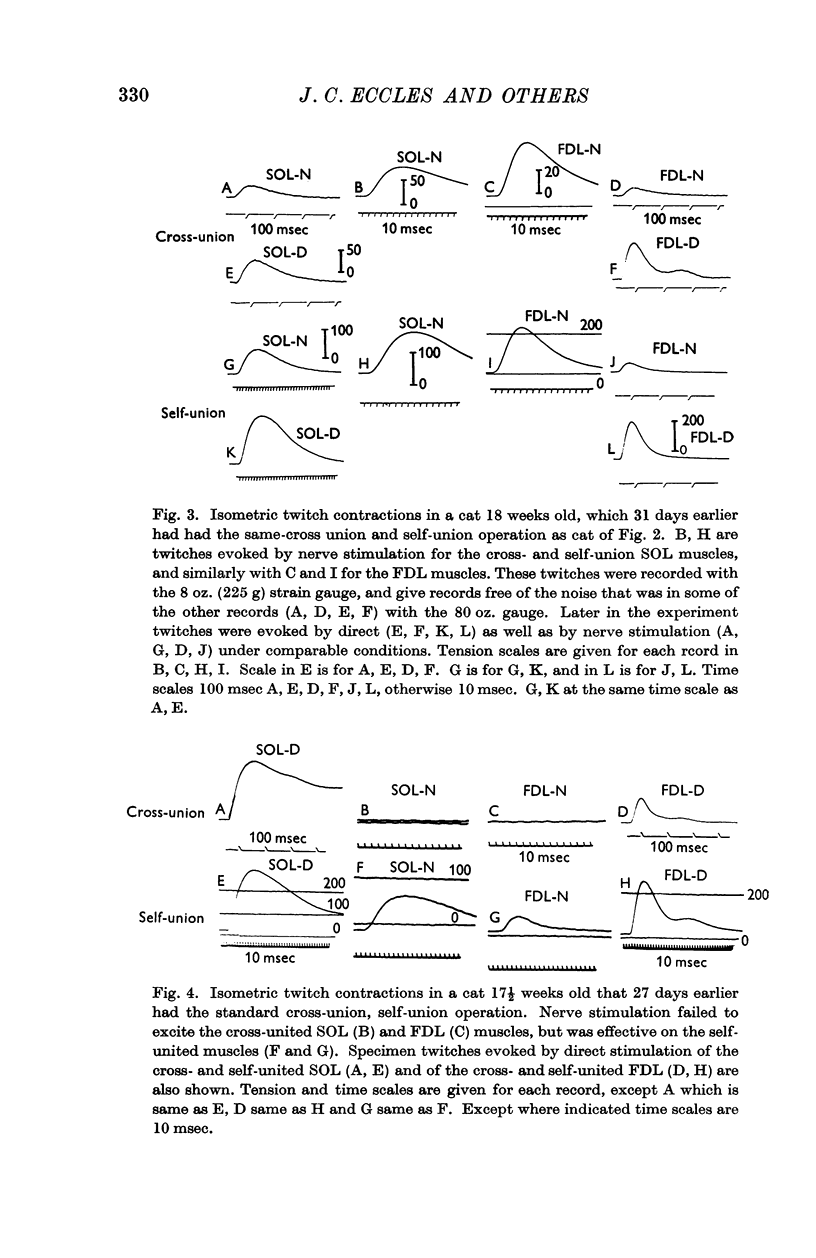
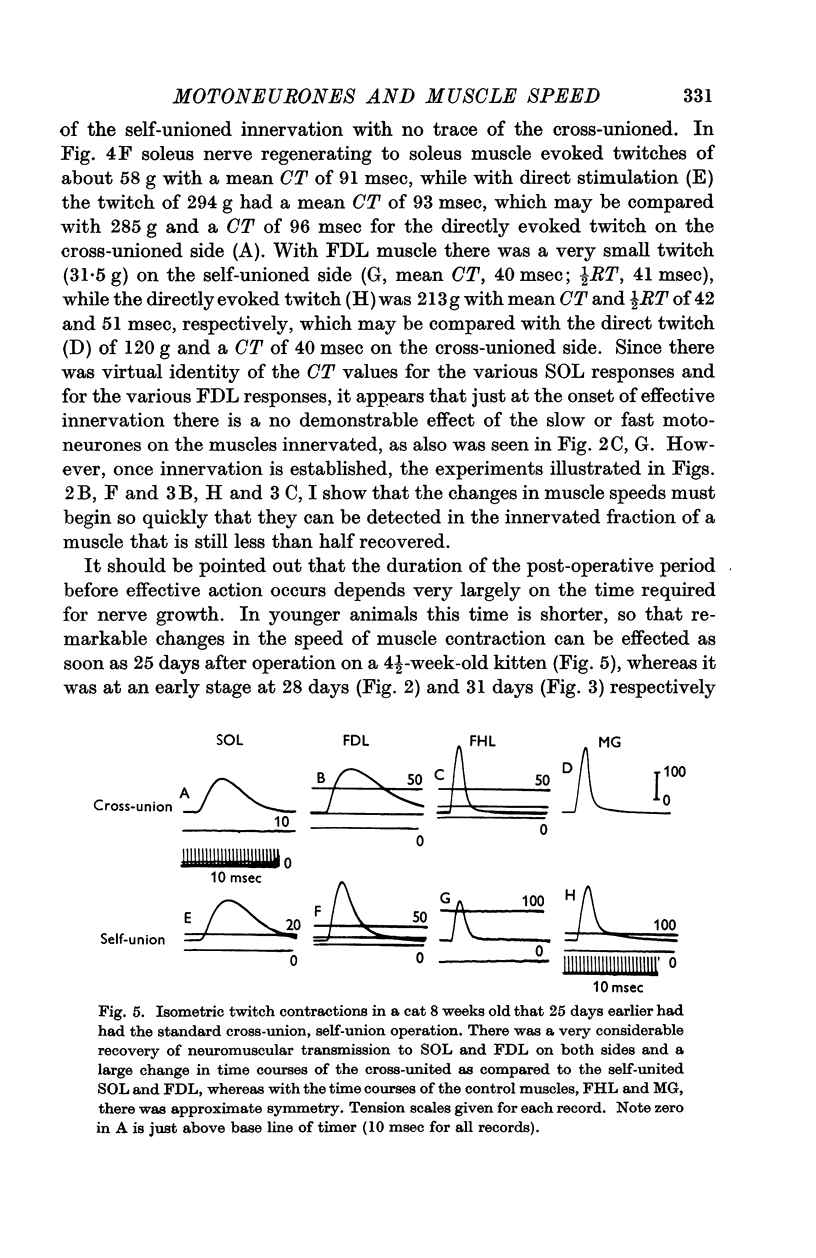
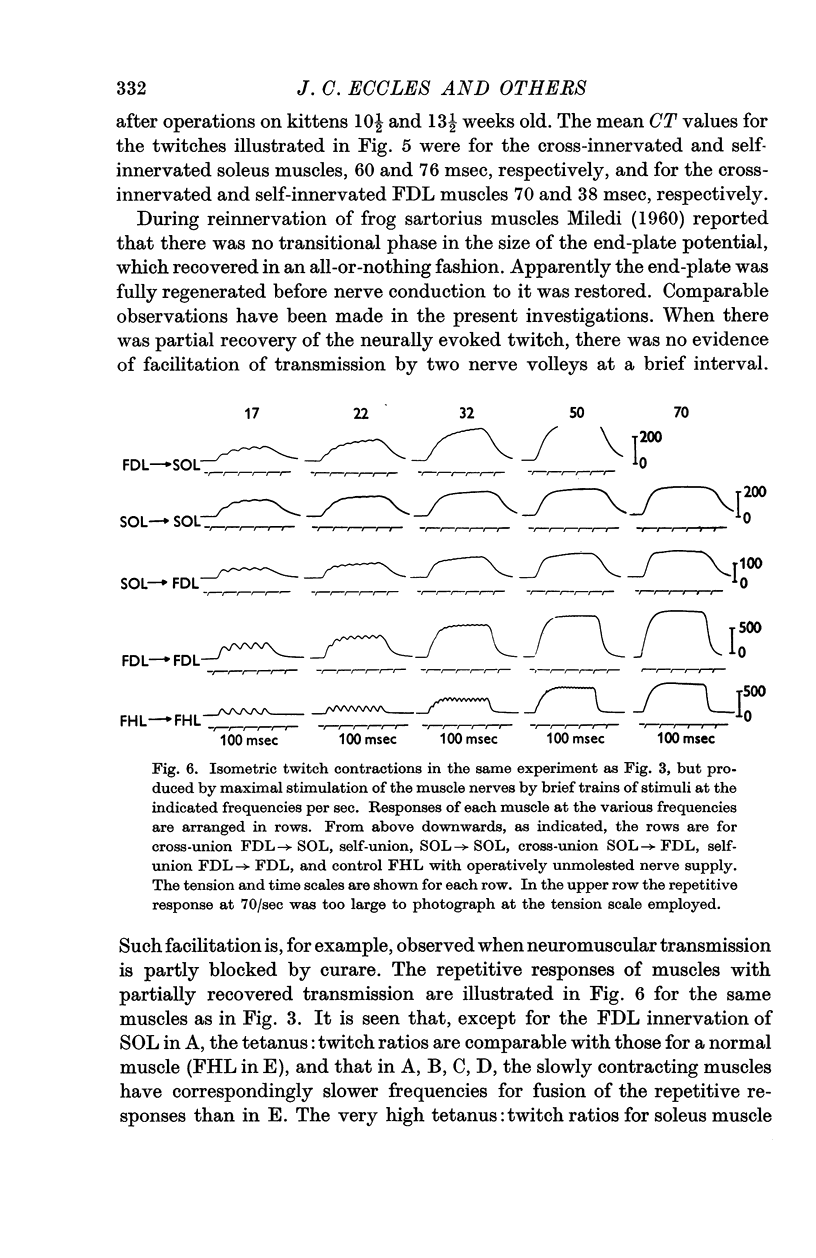
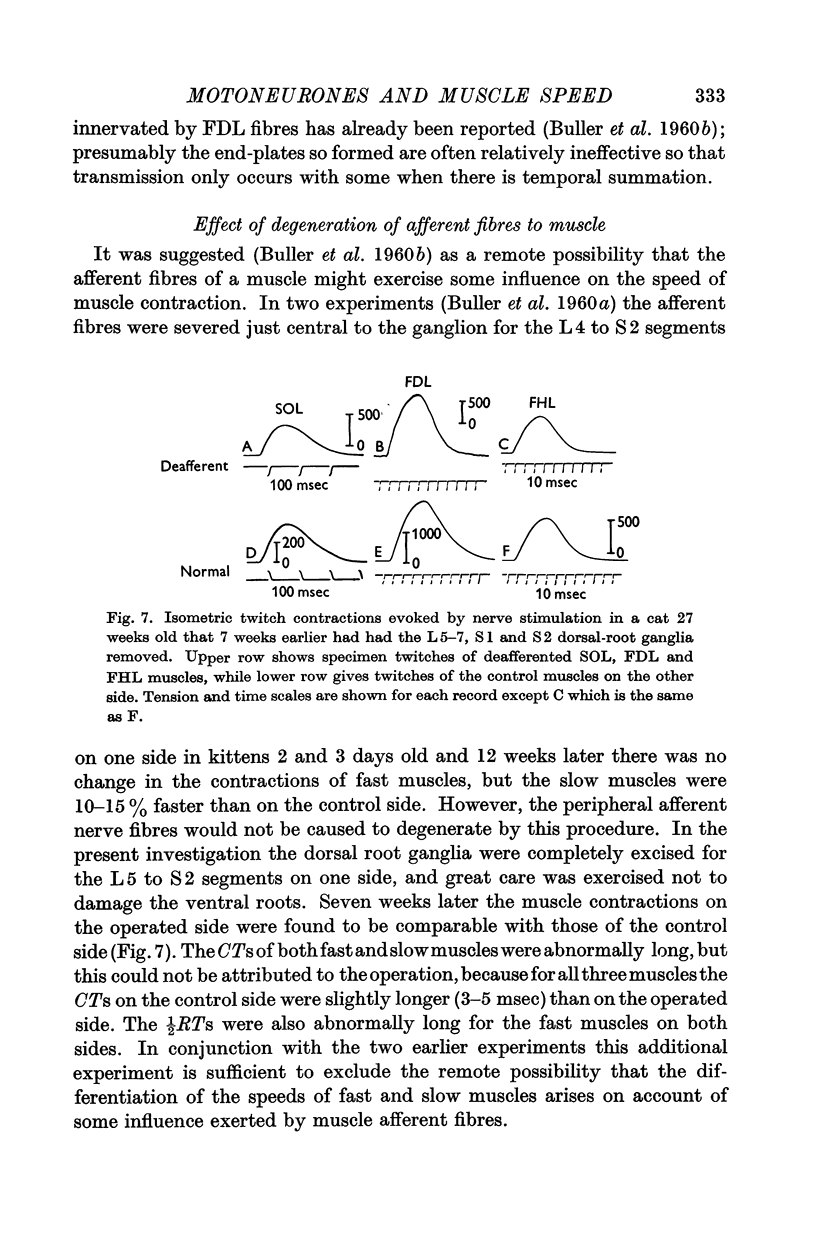

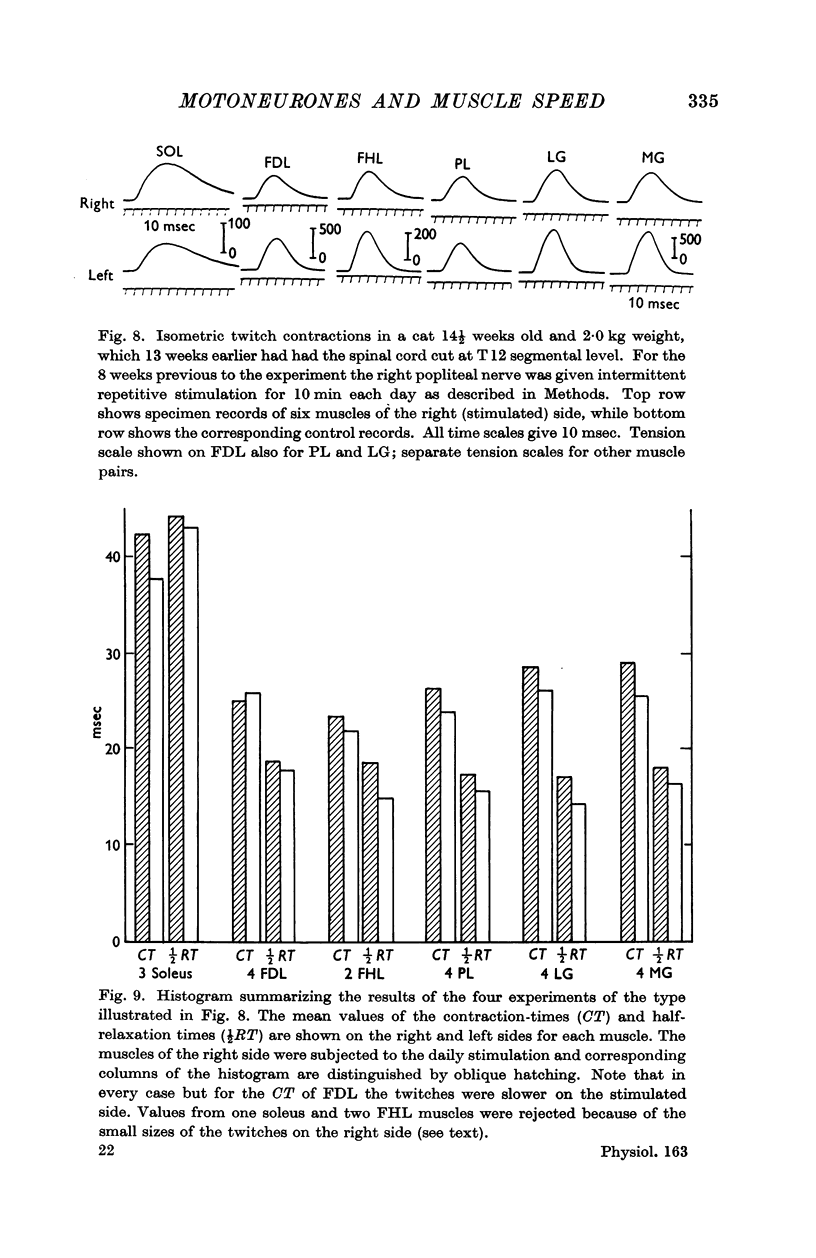
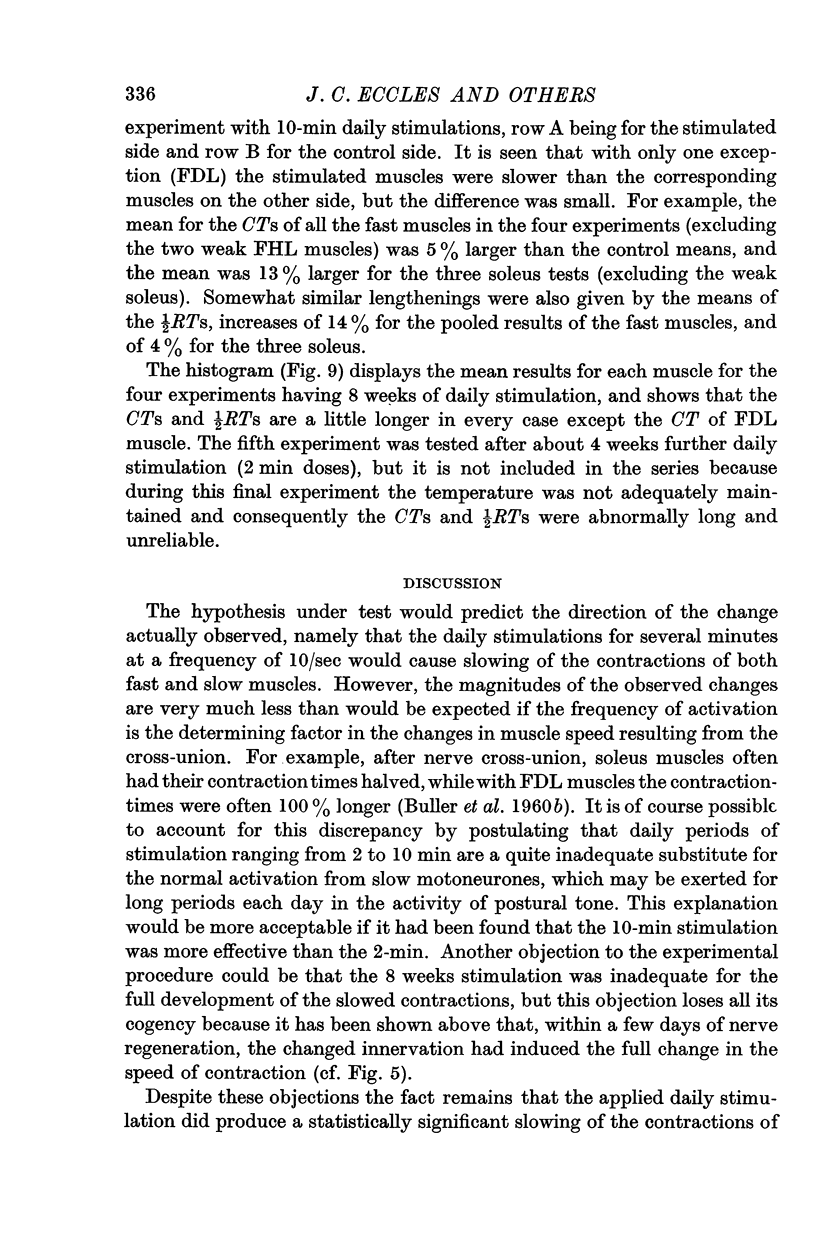

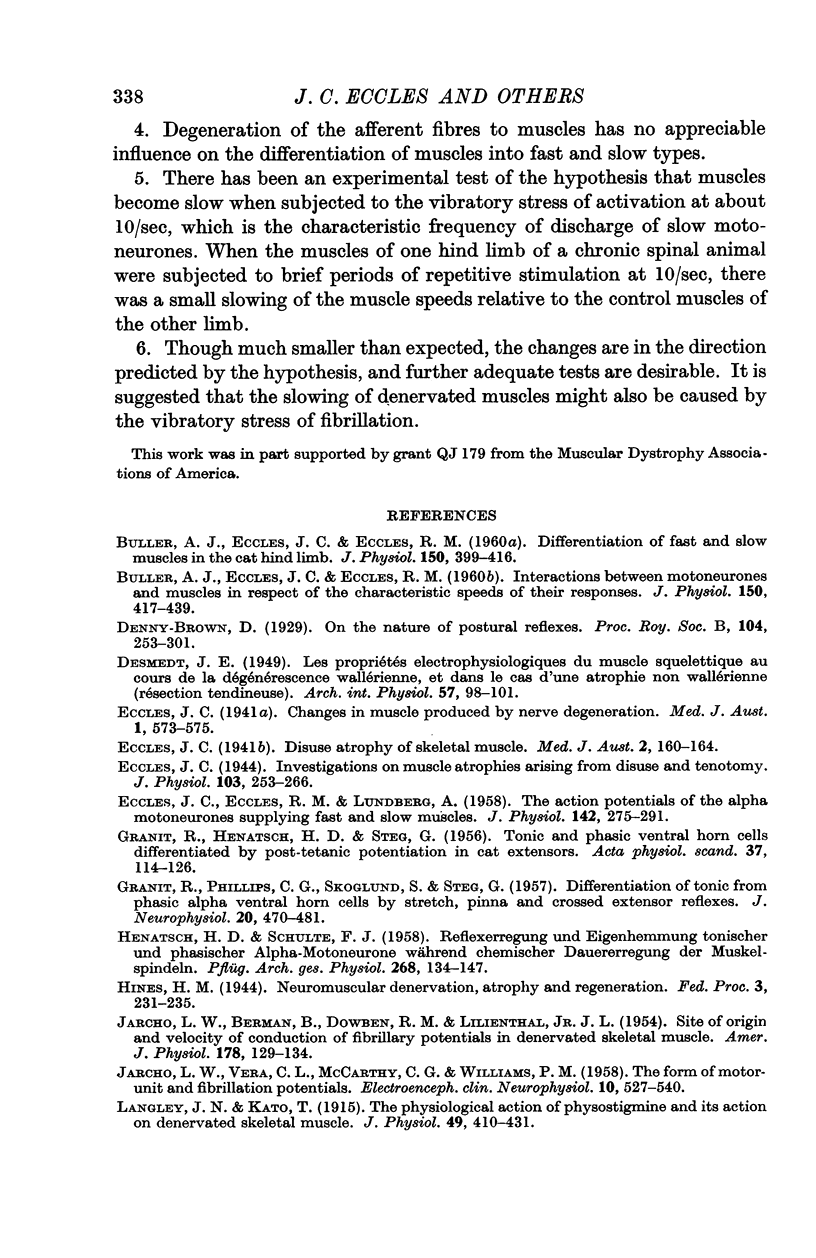

Selected References
These references are in PubMed. This may not be the complete list of references from this article.
- BULLER A. J., ECCLES J. C., ECCLES R. M. Differentiation of fast and slow muscles in the cat hind limb. J Physiol. 1960 Feb;150:399–416. doi: 10.1113/jphysiol.1960.sp006394. [DOI] [PMC free article] [PubMed] [Google Scholar]
- BULLER A. J., ECCLES J. C., ECCLES R. M. Interactions between motoneurones and muscles in respect of the characteristic speeds of their responses. J Physiol. 1960 Feb;150:417–439. doi: 10.1113/jphysiol.1960.sp006395. [DOI] [PMC free article] [PubMed] [Google Scholar]
- ECCLES J. C., ECCLES R. M., LUNDBERG A. The action potentials of the alpha motoneurones supplying fast and slow muscles. J Physiol. 1958 Jul 14;142(2):275–291. doi: 10.1113/jphysiol.1958.sp006015. [DOI] [PMC free article] [PubMed] [Google Scholar]
- Eccles J. C. Investigations on muscle atrophies arising from disuse and tenotomy. J Physiol. 1944 Dec 15;103(3):253–266. doi: 10.1113/jphysiol.1944.sp004074. [DOI] [PMC free article] [PubMed] [Google Scholar]
- GRANIT R., HENATSCH H. D., STEG G. Tonic and phasic ventral horn cells differentiated by post-tetanic potentiation in cat extensors. Acta Physiol Scand. 1956 Sep 26;37(2-3):114–126. doi: 10.1111/j.1748-1716.1956.tb01347.x. [DOI] [PubMed] [Google Scholar]
- GRANIT R., PHILLIPS C. G., SKOGLUND S., STEG G. Differentiation of tonic from phasic alpha ventral horn cells by stretch, pinna and crossed extensor reflexes. J Neurophysiol. 1957 Sep;20(5):470–481. doi: 10.1152/jn.1957.20.5.470. [DOI] [PubMed] [Google Scholar]
- HENATSCH H. D., SCHULTE F. J. Reflexerregung und Eigenhemmung tonischer und phasischer Alpha-Motoneurone während chemischer Dauererregung der Muskelspindeln. Pflugers Arch. 1958;268(2):134–147. doi: 10.1007/BF00386085. [DOI] [PubMed] [Google Scholar]
- JARCHO L. W., BERMAN B., DOWBEN R. M., LILIENTHAL J. L., Jr Site of origin and velocity of conduction of fibrillary potentials in denervated skeletal muscle. Am J Physiol. 1954 Jul;178(1):129–134. doi: 10.1152/ajplegacy.1954.178.1.129. [DOI] [PubMed] [Google Scholar]
- JARCHO L. W., VERA C. L., McCARTHY C. G., WILLIAMS P. M. The form of motor-unit and fibrillation potentials. Electroencephalogr Clin Neurophysiol. 1958 Aug;10(3):527–540. doi: 10.1016/0013-4694(58)90012-9. [DOI] [PubMed] [Google Scholar]
- Langley J. N., Kato T. The physiological action of physostigmine and its action on denervated skeletal muscle. J Physiol. 1915 Jul 5;49(5):410–431. doi: 10.1113/jphysiol.1915.sp001718. [DOI] [PMC free article] [PubMed] [Google Scholar]
- MILEDI R. The acetylcholine sensitivity of frog muscle fibres after complete or partial devervation. J Physiol. 1960 Apr;151:1–23. [PMC free article] [PubMed] [Google Scholar]


